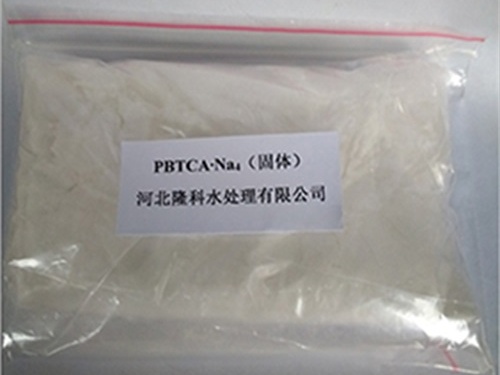Innovative Applications and Benefits of Cationic Polyacrylamide in Water Treatment Processes and Beyond
Cationic Polyacrylamide Properties, Applications, and Environmental Implications
Cationic polyacrylamide (CPAM) is a versatile synthetic polymer that has garnered significant attention due to its unique properties and wide range of applications. This polymer is derived from acrylamide and carries a positive charge, which facilitates its interactions with negatively charged particles and surfaces. As a result, CPAM has become an essential component in various industries, including water treatment, papermaking, and the oil and gas sector.
Properties of Cationic Polyacrylamide
Cationic polyacrylamide exhibits several remarkable properties that differentiate it from other polymeric flocculants. First and foremost, its cationic nature allows it to effectively bind with anionic species, including suspended solids, colloids, and organic matter in water. This property makes CPAM highly effective in enhancing flocculation and sedimentation processes. The degree of cationic charge on the polymer can be tailored during synthesis, allowing for adjustments in performance based on specific applications.
Additionally, CPAM possesses excellent solubility in water, even at high molecular weights, which is a crucial factor in its functionality. The polymer's high viscosity and ability to form hydrogels contribute to its effectiveness in thickening, stabilizing, and binding systems. Furthermore, CPAM is chemically stable and can withstand a range of environmental conditions, making it suitable for diverse industrial applications.
Applications of Cationic Polyacrylamide
One of the primary applications of cationic polyacrylamide is in wastewater treatment. Its flocculating properties help in the removal of suspended solids and turbidity from wastewater, improving the overall quality of treated water. CPAM is commonly used in municipal wastewater treatment plants and various industries, including textiles, paper, and food processing, where the clarification of effluents is crucial.
cationic polyacrylamide

In the papermaking industry, CPAM serves as a retention aid, promoting the retention of fillers and fibers during the paper production process. This not only enhances the quality of the final product but also reduces the environmental impact by minimizing waste. Moreover, CPAM improves the dry strength of paper and enhances its formation and smoothness.
In the oil and gas sector, cationic polyacrylamide is employed in enhanced oil recovery techniques
. The polymer improves the mobility of oil in reservoirs by reducing viscosity, thereby facilitating extraction processes. Additionally, CPAM is utilized in the drilling fluids for its stabilizing properties, which help maintain wellbore integrity.Environmental Implications
Despite its many advantages, the use of cationic polyacrylamide raises concerns regarding its environmental impact. The monomer acrylamide, which can be released during the degradation of CPAM, is classified as a neurotoxin and a potential carcinogen. Therefore, it is essential for industries to adopt responsible practices in handling and disposing of CPAM to mitigate these risks.
Recent studies focus on developing more environmentally friendly alternatives and enhancing the biodegradability of CPAM. Efforts are being made to create natural or bio-based cationic polymers that can serve similar functions while posing fewer environmental hazards.
Conclusion
Cationic polyacrylamide is a significant polymer with diverse applications across various industries due to its unique properties. Its effectiveness as a flocculant and stabilizer in water treatment, papermaking, and oil recovery highlights its importance in modern industrial processes. However, awareness of its environmental implications necessitates ongoing research and innovation to develop safer alternatives, ensuring that the benefits of CPAM can be harnessed sustainably. As industries continue to evolve, the future of cationic polyacrylamide will likely see enhancements that prioritize environmental stewardship alongside operational efficiency.
-
Pbtc Scale InhibitorPBTC: A Scale Protector for Industrial Water TreatmentNewsAug.05,2025
-
Organic Phosphonate: An Efficient Defender in the Field of Scale InhibitionNewsAug.05,2025
-
Hydrolyzed Polymaleic Anhydride: Green Pioneer in Scale Inhibition FieldNewsAug.05,2025
-
PAPEMP Polyamino Polyether Methylene Phosphonic Acid For SaleNewsAug.05,2025
-
Flocculant Water Treatment: A Pioneer in Purification in the Field of Water TreatmentNewsAug.05,2025
-
Benzyl Isothiazolinone: An Efficient and Broad-Spectrum Antibacterial Protective GuardNewsAug.05,2025





